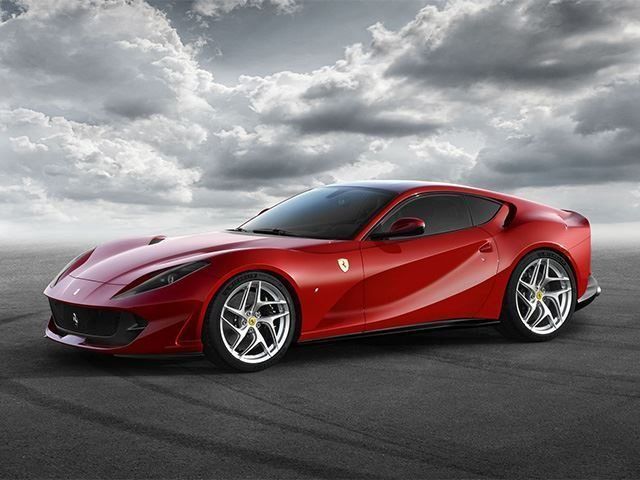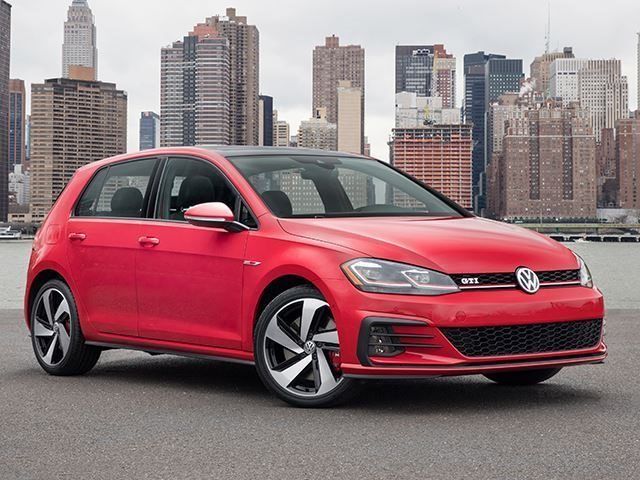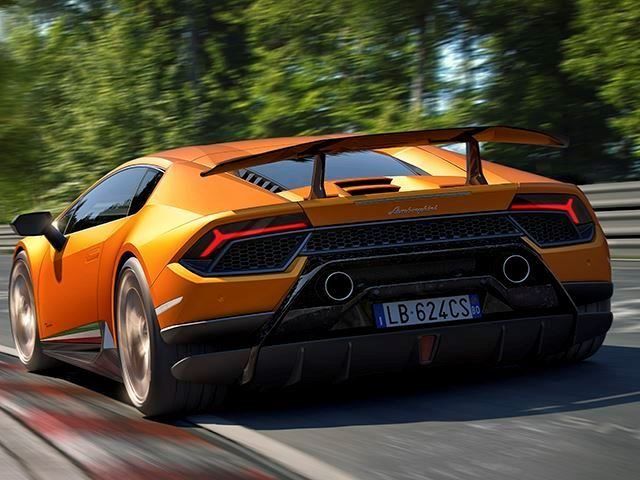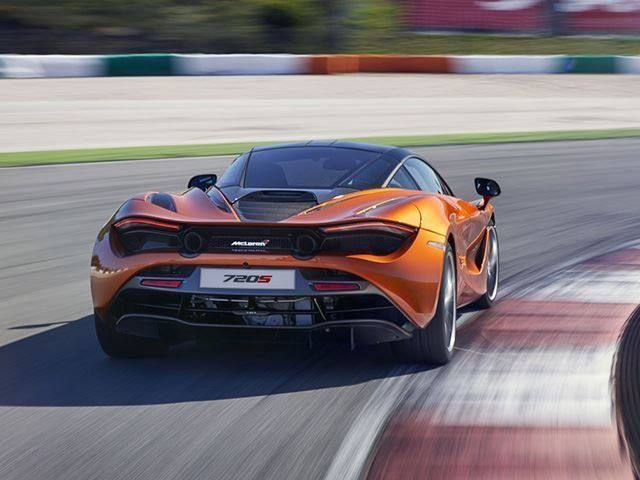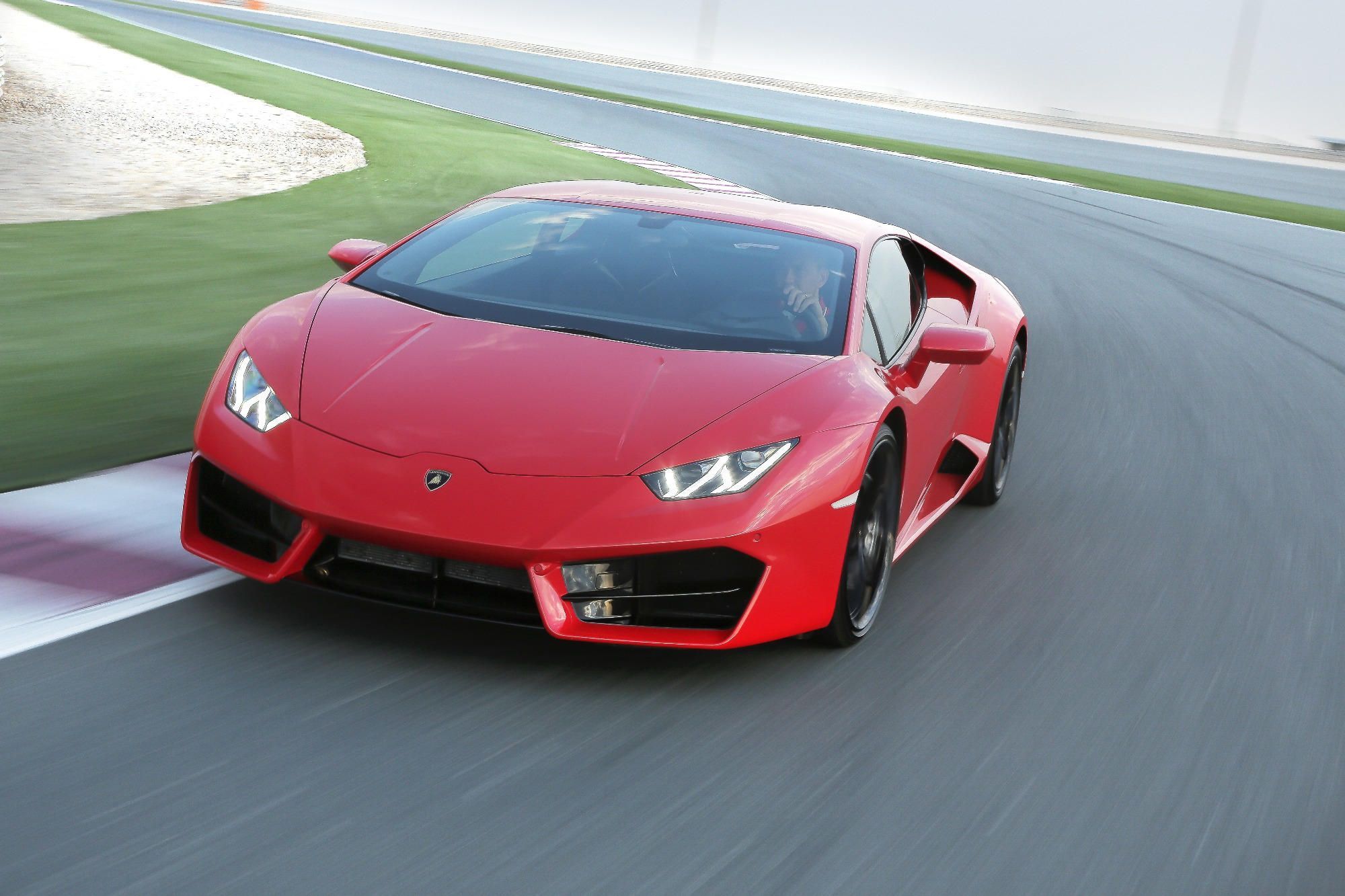
Dual-clutch transmissions took the world by storm when automakers proved that they could match the civility of an automatic transmission with the fun of a manual. Adding a second clutch to the mix was the perfect way to improve on the early attempts at automated-manuals like the Ferrari F1, BMW SMG and Lamborghini E-Gear. Today, dual-clutches are so good automakers have had to stop making manuals completely. With the impending discontinuation of the DCT by BMW, we thought we'd pick our favorites on the market today.
While we will always morn the death of the gated manual Ferrari, we understand that many of the brand's current sports cars are better off without them. Take the new 812 Superfast for example. This car has a 6.5-liter V12 sending 789 hp to the rear wheels only. Trying to drive this car with a manual would be extremely difficult. Even the 650 hp Corvette Z06 is a bit of a handful. We had the chance to drive the 769 hp SP275 RW Competizione one-off, and we didn't once wish that it had a manual. There is no way that an average driver would be able to enjoy the fury that the V12 produces without focusing on not putting it in a ditch. In this application, a dual-clutch is the perfect choice.
The last 911 Turbo to offer a manual transmission was the 997.1, unless we count the new 991.2 models, which all have turbos. Since the 997.2 generation, Porsche's PDK has been the only transmission option for the Turbo, and we think that's completely fine. There are other 911 models in the range that are more well suited for a manual. The Turbo is meant for long distance crushing and blistering 0-60mph times. For both of these tasks, the PDK is simply better. Anyone who wants to have more driving involvement can stick with the new GT3 (which does come as a manual) or any of the Carrera or Carrera S models.
When we think of dual-clutch transmissions, we tend to think of expensive cars like Porsche and Ferrari. However, it was Volkswagen that really brought the dual-clutch transmission to mainstream cars. The GTI and Golf R may be great with their manual transmission options, but the DSG is the better option for owners with annoying commutes that still want a fun hot hatch. Other automakers like Ford and Hyundai have had attempts to bring out low cost cars with DCTs, but they all pale in comparison to the smooth and quick-shifting VW DSG.
The Lamborghini Huracan may be the perfect example of why dual-clutch transmissions are so good. The car that it replaced, the Gallardo, had a single-clutch E-Gear transmission that drove like a 15 year-old learning to drive stick for the first time. The Huracan's DCT is such an improvement over the E-Gear, that it can nearly match the more powerful Aventador in a drag race. We have no doubt that the Aventador's potential is capped by its single-clutch transmission, but Lamborghini still hasn't made a change. Perhaps the brand's next V12 car won't almost get beat by its baby brother.
Ever since McLaren has come back as a major player in the sports car industry, it has stuck with dual-clutch transmissions. The legendary McLaren F1 used a manual because it was the most advanced transmission at the time. Modern McLaren models are all about using the most advanced materials and the most advanced technology to set the fastest lap times. The entire car is connected to an intelligent "brain," that can analyze driving patterns and adapt. All of this would be ruined by a manual transmission, which can only be controlled by the driver. McLaren only likes to use the best technology and clearly the manual doesn't qualify.

